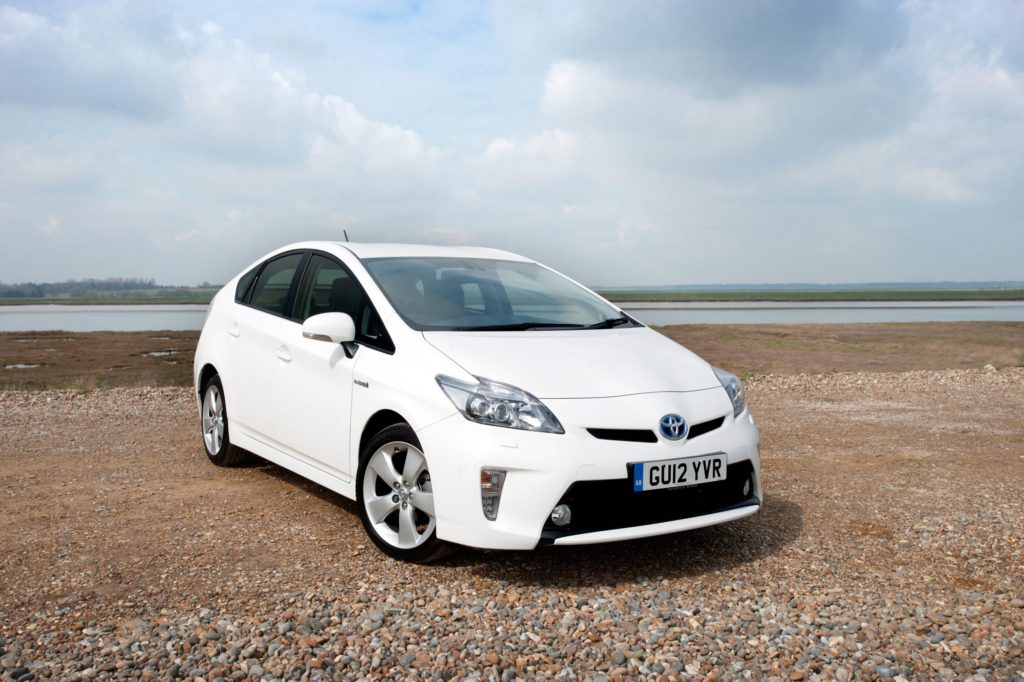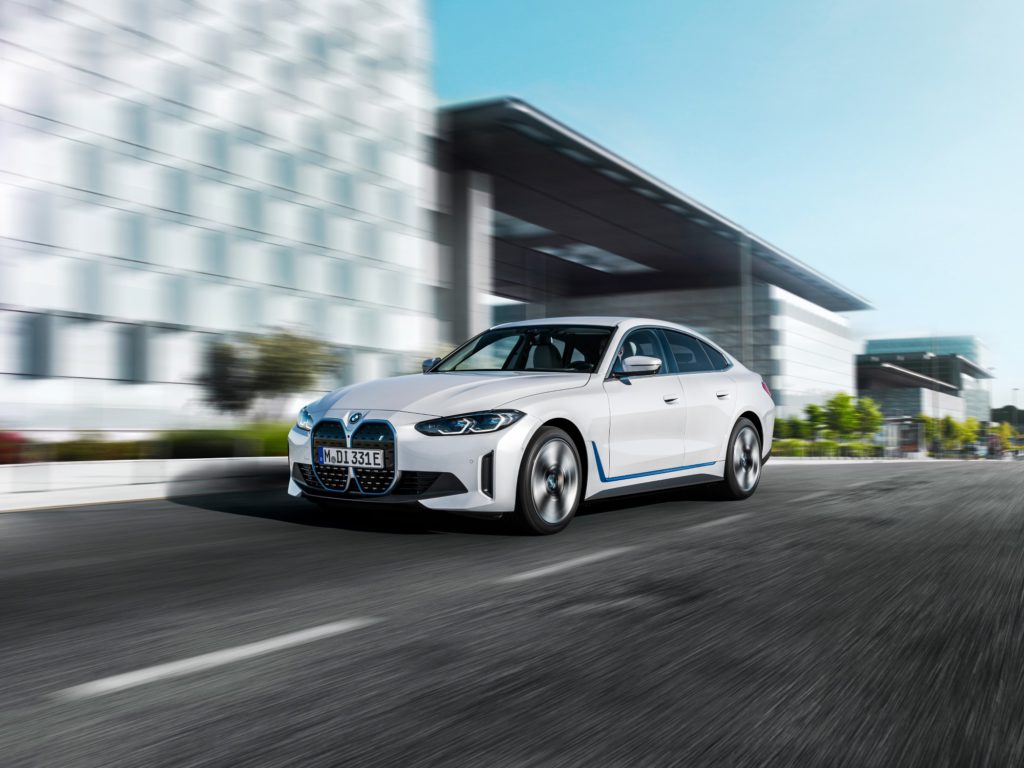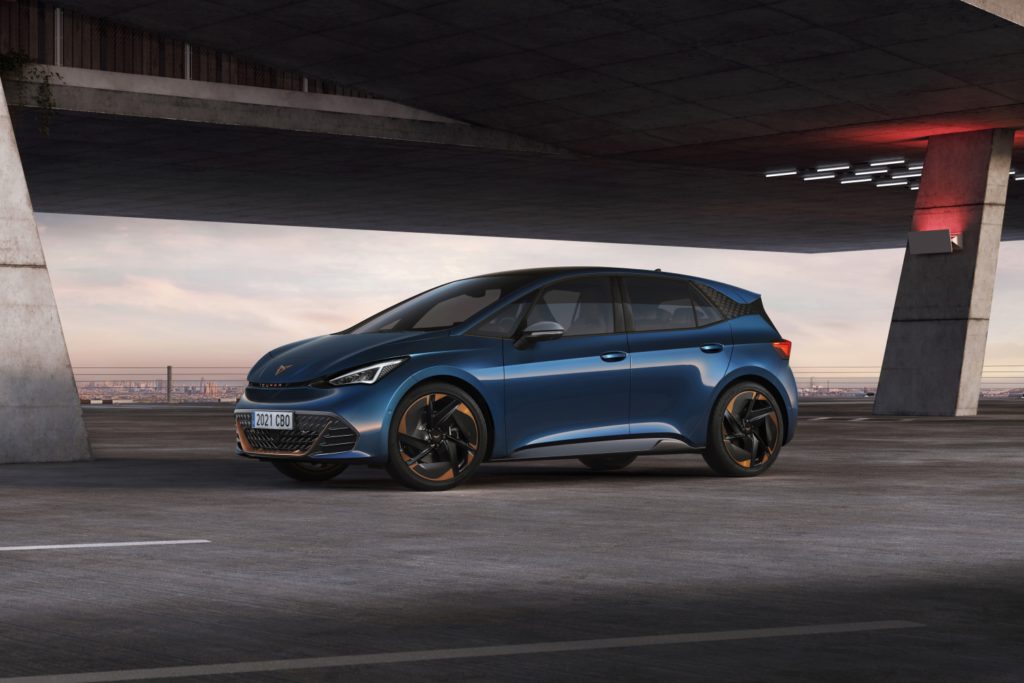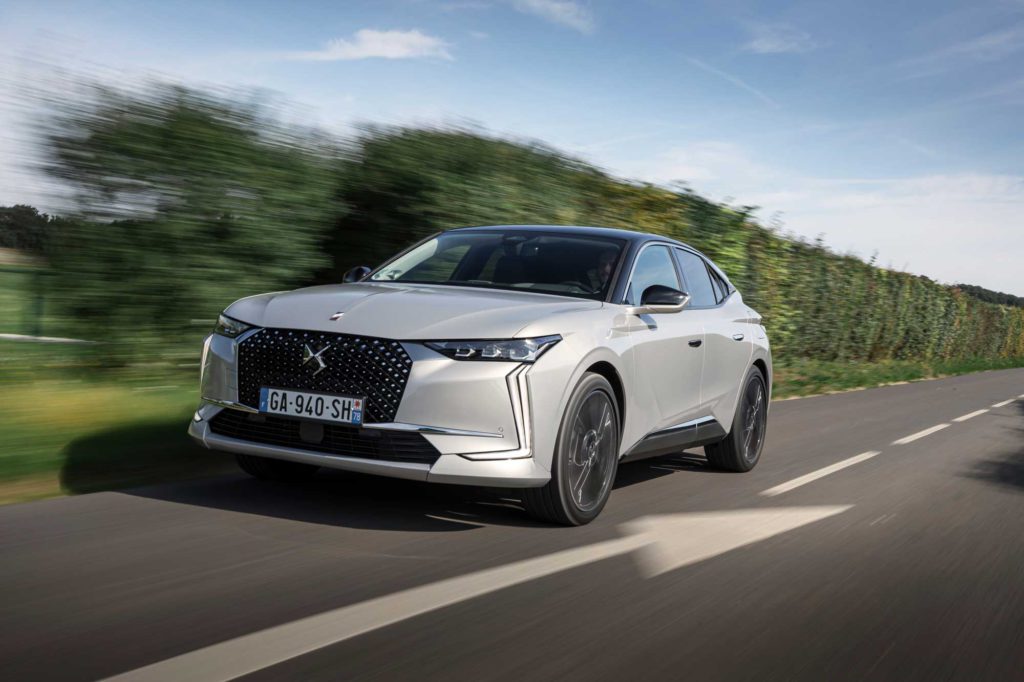Toyota needs renewed focus on electrification to compete
08 February 2022

José Pontes, data director at EV Volumes, considers the electric fortunes of Japanese car manufacturer Toyota in his series on brands.
Toyota is one of the largest automotive OEMs in the world and bases its success on reliability, fuel efficiency and plugless hybrid-electric vehicles (HEVs). The firm is now at a junction where it needs to focus on scaling up the production of its upcoming battery-electric vehicles (BEVs) and add more plug-in hybrids (PHEVs) to its line-up. It must also seize the opportunity to become a more forward-thinking company by learning from some of its partners.
Once the poster child of electrification, the Toyota Prius came onto the market almost 25 years ago, achieving its first million units sold in 2008. In 2020, Toyota’s hybrids crossed the 17 million sales threshold, highlighting the technology’s success. It held 30% of that market globally in 2021, and the Prius, which includes a liftback, MPV, and city car variants, has over six million units on the road.
After such tremendous success with plugless models, progressing to plug-in hybrids (PHEVs) might have seemed like a simple step towards full electrification. However, this transition is not so easy. For a start, a couple of apparently minor events in corporate America changed Toyota’s relationship with electrically-chargeable vehicles (EV) substantially.
First attempt

Toyota’s first attempt at a plug-in vehicle was made in 1997, with the first-generation RAV4 EV. The BEV had specs ahead of its time such as a 27kWh NiMH battery, close to 200km electric range, a heat pump, and programmed charging. A total of 1,484 of these vehicles were sold or leased to comply with California’s zero-emission mandate. Many are still in use, thanks to hard-wearing batteries. According to Toyota, these batteries were tested up to 480,000km in 1997, making them competitive, even against some contemporary models.
Unfortunately for Toyota, oil company Chevron secured control of the NiMH battery patents. This prevented other OEMs from developing their own NiMH batteries, effectively ending Toyota’s first foray into EVs in 2003.
In 2011, Toyota presented the Prius PHEV, its first volume production EV. This sported a 4.4kWh Li-ion battery, and a 20km electric range. Not much of a showstopper, considering the contemporary GM Volt/Ampera had three times the range. By 2012, Toyota launched thesecond-generation Toyota RAV4 EV. It had a 42kWh battery, provided by a little-known manufacturer called Tesla, which also provided the electronics and powertrain.

By early 2013, one could say that Toyota was back among the best. But not for long. Despite the Prius PHEV being the second best-selling EV in 2012, with close to 30,000 units sold that year, numbers stagnated. In 2013, 21,000 units were sold, less than 20,000 were sold in 2014, and finally just 6,500 units made their way to buyers in 2015.
In the same period, the passenger EV market went from 200,000 units to 530,000, while the Prius PHEV share plunged from 14% to 1% in just three years. Increased competition and poor specs, such as a small battery and a weak electric motor, led buyers to move to more competitive models.
The 80,000 Prius PHEVs seem significant when compared with the 2,600 second-generation RAV4 EVs made. But this was originally created as a compliance vehicle to meet stringent Californian laws. Furthermore, the Toyota-Tesla cooperation did not run smoothly. It was marred by engineering clashes and the RAV4 EV II did not have a successor. The collaboration effectively ended in 2014.
After being the second-biggest EV maker in 2012, by 2015, Toyota was out of the top 20 EV brands. It then lagged behind unknown brands such as Zotye, or high-end niche manufacturers, like Porsche.
Playing catch-up
Since 2015, Toyota has been developing its EV plans. It launched a second-generation Prius PHEV in 2016, and a RAV4 PHEV in 2020. This added to some China-only models and a few badge-engineered PSA Group electric vans. Toyota EV registrations rose close to 60,000 units in 2020, taking a 2% market share of the global market. This ranked it in 17th place among EV makers that year, above Chery and just behind Great Wall Motors.
Since then, market leaders such as Tesla, SAIC and Volkswagen Group, have been selling five times more EVs than Toyota. Despite significant growth in 2021, with over 100,000 units sold, the Japanese carmaker sat in 15th place, far from the top spot it has in the overall market.
Toyota’s latest EV plans, which include 30 new BEVs by 2030, are a step in the right direction. But will the current sleeping giant of the EV transition survive the upcoming disruption?
The short answer is yes. But the real question is: will the OEM stay in the A-League, where players run for the leadership, or will it be relegated to the B-League, running neck and neck with other smaller carmakers?
Facing up to challenges

Toyota faces a number of challenges when it comes to re-establishing itself as a high-ranking EV manufacturer. These include, but are not limited to:
- PHEV-heavy limited sales – With only 7% of its EV sales currently coming from BEVs, Toyota is basically a PHEV-only maker, and thus sensitive to increasing electrification. With only two PHEV models on sale, the Prius PHEV and the RAV4 PHEV, Toyota lacks diversity. The China-only Corolla PHEV could do wonders in other markets, and if the carmaker added a plug to the Camry sedan or the Highlander SUV, significant volumes would be added – even if it meant losing sales from its more profitable HEV versions.
- Uncompetitive BEV line-up – Toyota’s current BEV models are either badge-engineered clones from other makers, like Stellantis or GAC, or poorly-made EV conversions of existing internal-combustion engine (ICE) models.
- Late arrival of dedicated BEVs – With its hydrogen commitment, Toyota fell behind marketing dedicated BEVs. These models are coming, but the bZ4X compact SUV, is still months away. This means it is due to arrive years after the Tesla Model Y, the Volkswagen (VW) ID.4, and the Ford Mustang Mach-E. These models have had time to land, ramp up production, and establish themselves in the market.
- Possible slow production ramp-up – The likes of Tesla, VW, and Mercedes can testify that ramping up dedicated BEV models into large volumes takes time. This is particularly the case for OEMs like Toyota, where there is no significant previous experience in this process. The company might be tempted to try a fast production ramp-up to avoid losing even more time to the competition, but that strategy would mean taking risks. At this point, it is doubtful that risk-averse Toyota is willing to do that, especially at a time when semiconductor shortages and general supply issues provide additional challenges.
Toyota’s most recent EV pledges have not sounded ambitious enough, because selling 3.5 million BEVs by 2030 will probably not be sufficient to secure overall market leadership. Furthermore, making Lexus an EV-only brand by 2035 is two years behind Audi and five years behind Mercedes-Benz and Volvo.
Opportunities
Toyota is no stranger to electrification and making fuel-efficient vehicles. This expertise will no doubt help it develop top-notch EVs, but it needs to produce them with significant profit margins. This will be helped in no small part by Toyota’s legendary production efficiency.
The Prius was a huge success in certain countries, e.g. Spain, and was popular as a taxi or shuttle vehicle. This is a good foundation for introducing Toyota BEVs. The company will benefit from a positive, eco-friendly image. Also being one of the best-selling brands in the world will ensure unrivalled recognition. Its models also regularly top reliability surveys across the world, helping boost already high brand-loyalty rates.
In addition to a long partnership with Panasonic, Toyota has a joint venture with BYD, one of the most competitive Chinese OEMs. Known for its class-leading LFP blade batteries, these will be used in one of the cheapest bZ models – a Corolla-like electric sedan which will launch by the end of 2022.
BYD could show the Japanese carmaker the path to electric success. But it will be crucial to find the right balance between maintaining its brand-defining reliability and quality, while also letting go of some of its production standards to ensure competitiveness.
While Toyota has recently been slipping in its reliability, it still ranks as one of the most dependable brands around, particularly its RAV4 SUV. What has not slipped is its class-leading battery warranties. Current hybrid models, including PHEVs, have 10-year warranties, or 240,000km, whichever comes first. The future bZ4X, has an extended battery warranty of either 10 years, or one million kilometres. This will hopefully help reassert its position as a reliable OEM.
In order to recover its leading status, Toyota needs to focus on scaling up the production of its upcoming BEVs and add more PHEVs to its line-up. It must become a more forward-thinking company, learning from BYD the best way to build competitive EVs at scale.
Will scaling electric production give Toyota a much-needed boost? Let us know what you think on Twitter and LinkedIn. You can read the first article in the series, which follows the strategy of BMW.



